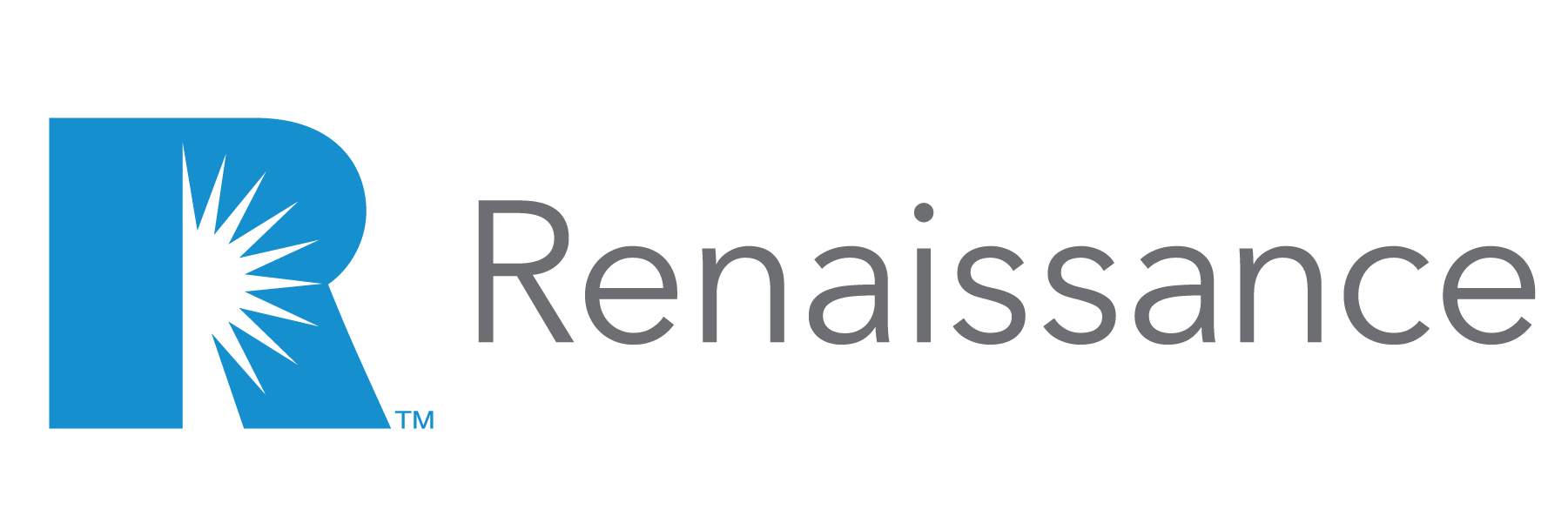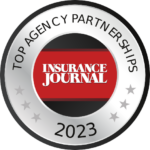A best-practice Safe Driving Program Guide for your commercial insureds – as well as for managing your own agency team!
When hiring new people or evaluating current staff, employers focus on the essential functions of the job, but the list often omits one key essential: safe driving. If your employees are on the road while working, their driving habits really matter. Employers often assume that their good workers are good drivers, but if they are not, the employer may be held accountable under the concept of “negligent entrustment.” Permitting employees with bad records to drive while working can be a huge liability.
Employees pay attention to issues that management identifies as a priority. When it comes to driving, management needs to make it clear that safe driving is fundamental job requirement.
As with most management challenges, ensuring safe driving is not achieved while on cruise control. Here are five key steps for establishing and maintaining a safe driving program.
Step One: Identify Your Drivers
Not all employees drive in the course and scope of employment, but many do. The first step is to identify those who drive regularly, intermittently or even rarely, to perform their jobs. Perhaps the only exclusion for employees who drive would be people who come to work in on a set schedule at a set location, perform the job, and then leave.
Once you’ve identified those who are likely to drive, add safe driving to the hiring process and performance evaluations. (If safe driving is not part of a performance evaluation, it isn’t a priority!)
Step Two: Set the Parameters
Make sure your safe driving program has a credible structure:
Your program at a minimum should include the following:
- Annual examination of driving records (reimburse employees for any costs in securing the record)
- Moving violations (on or off the job) must be reported
- Drivers and passengers must use seat belts at all times
- Prohibit the use of hand-held devices (you might consider company purchase of cell phone mounts)
- A drug testing program (only if you think drug use is a problem)
Step Three: Document the commitment
As part of your safe driving program, any employees who may drive during work should sign a written statement with commitment to the following:
- Safe, defensive & courteous driving at all times
- Use of seat belts
- No use of hand-held devices while in motion
- No driving under the influence of drugs or alcohol
- Report any accidents while on the job ASAP
- Report any moving violations or accidents while off the job within 7 days
- Report any medical conditions or doctor prescribed medications that may impact ability to operate a vehicle
Step Four: Be Prepared
Employees need to know what to do in the event of an accident. Unless emergency medical treatment is required, employees should:
- Notify police (if needed)
- Take photos of any physical damage to involved vehicles (via cell phone)
- Document the location and circumstances of the accident
- Record Identifying information of other driver(s) and their passengers (if any)
- Notify the employee’s insurance carrier (or employer’s carrier, if applicable)
Step Five: Maintain the Commitment
Safe driving as a priority is not a one-and-done deal. Management needs to maintain the focus of the safe driving policy throughout the year and from year to year.
- Emphasize your safe driving program with all job applicants
- Make sure required motor vehicle driving records are actively reviewed annually
- Include feedback on driving during performance reviews (no news is good news)
- If you sense a potential drug problem among the workforce, consider implementing a drug testing program
With your safe driving program in place, safe driving will no longer be a vague priority in your workplace. It will be where it belongs, a well-established, core value in the forefront of your company’s commitment to safety.
Jon Coppelman
Senior Workers Compensation Consultant
(781) 943-1614
More posts from our archives:
- Managing Millennials in Your Insurance Agency Workforce
- 2020 Employment Laws That Should be on Your Agency’s Radar
- Driving into a future without brakes: autonomous cars
Whether its help for managing your own agency team or providing resources for your commercial insureds, Renaissance Alliance agency members have access to our team of 90+ industry experts to help your agency grow and thrive.





